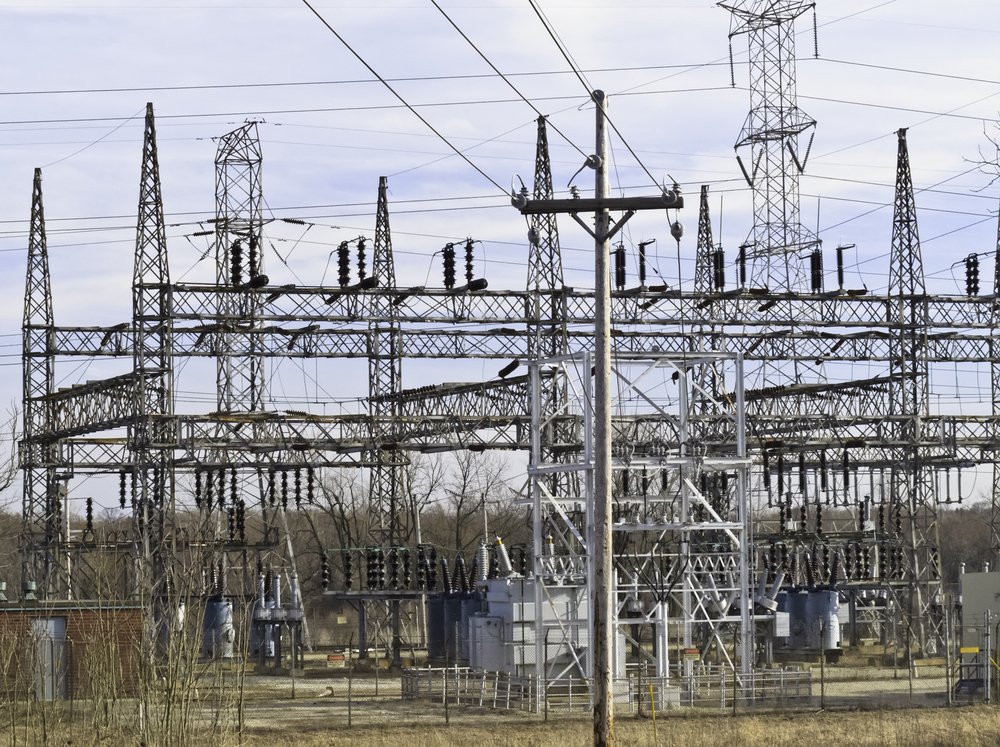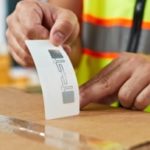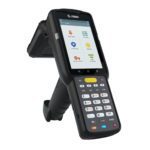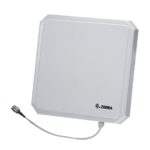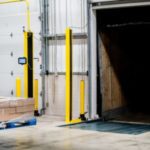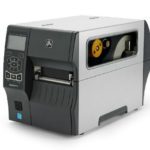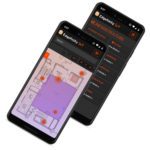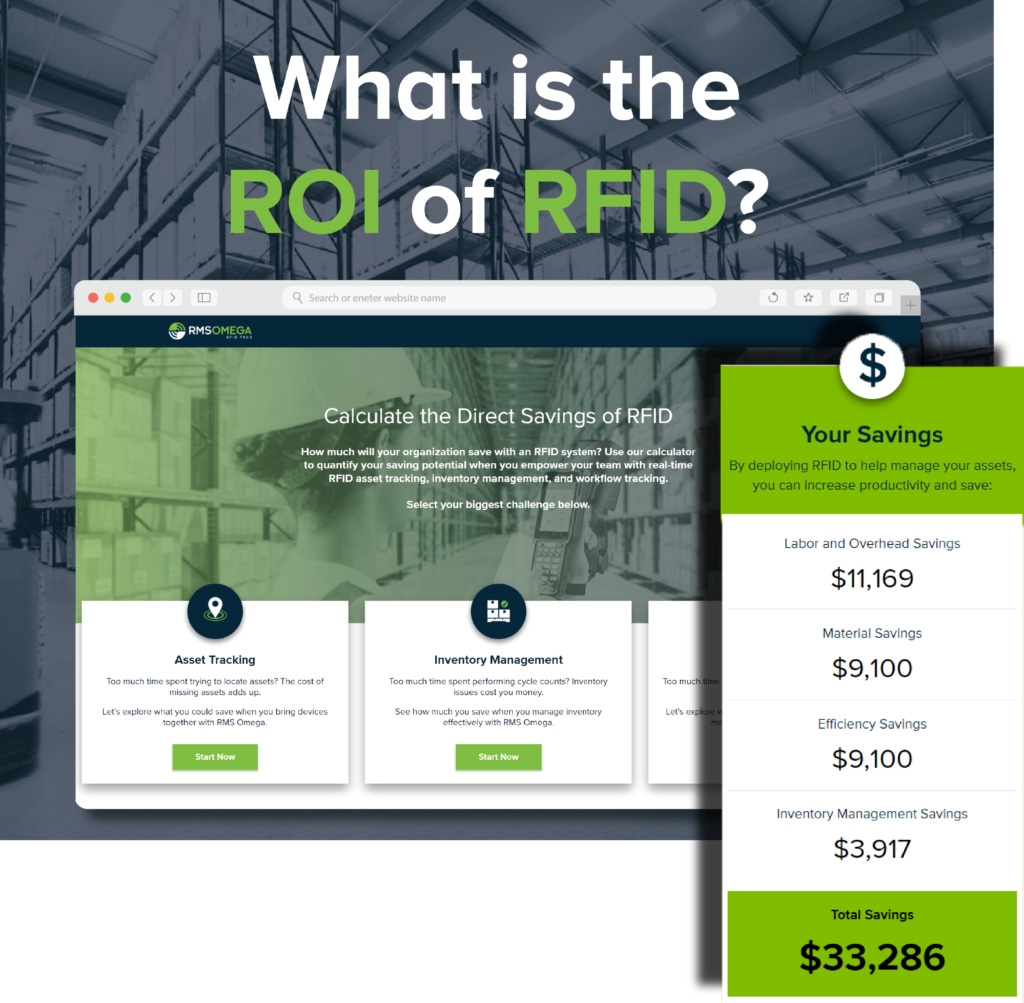Optimize Delivery Utilities with RFID
Utility providers are under constant pressure to deliver reliable services of essential utilities. RFID technology streamlines workflows, increases cost monitoring, ensures quality work is done and increases efficiency. With RFID, it becomes easier to track assets, tools, personnel, and inventory in order to ensure that your field workers have all that they need to do their job.
RFID solutions provide companies with the visibility, flexibility, and real-time information they need to manage equipment and personnel effectively.
- Improve production uptime and respond quickly to failures and outages.
- Improve equipment maintenance with timely inspections and informed repair decisions.
- Increase asset utilization and reduce inventory stock levels.
- Improve worker safety by quickly locating and responding to ‘man down’ situations.
RFID success starts with clearly identifying the specific business problem you want to address. This information helps determine the most cost-effective components and deployment path for meeting your needs.
3 Ways RFID & RTLS Solutions Can Improve Utilities

1. Smarter Asset Management:
Automated tracking and location technology provide visibility for every important tool or asset across your enterprise. Knowing where to find valuable tools, cables, wires, machinery, and equipment or how to find and recall hidden resources dramatically reduces the downtime spent looking for missing or misplaced assets.
2. Improved Customer Service:
A location intelligence platform provides you with information to determine which customers may be affected by a natural hazard or equipment failure, allowing service providers time to communicate with their customers in advance. Location intelligence can also help providers dynamically and responsively route technicians in the field to important or emergency service requests, while also making sure they have the appropriate tools for the task at hand.
3. Better Analytics & Reporting:
Antennas, tags, and beacons can collect and centrally store real-time data for equipment, vehicles, tools, inventory, and all types of assets across every location. A location engine can then take this data and develop prescriptive analytics and actionable insights for decision-makers. Access to asset data allows public utility organizations to enhance their operations and ultimately work towards providing the best value and cost to their market.
